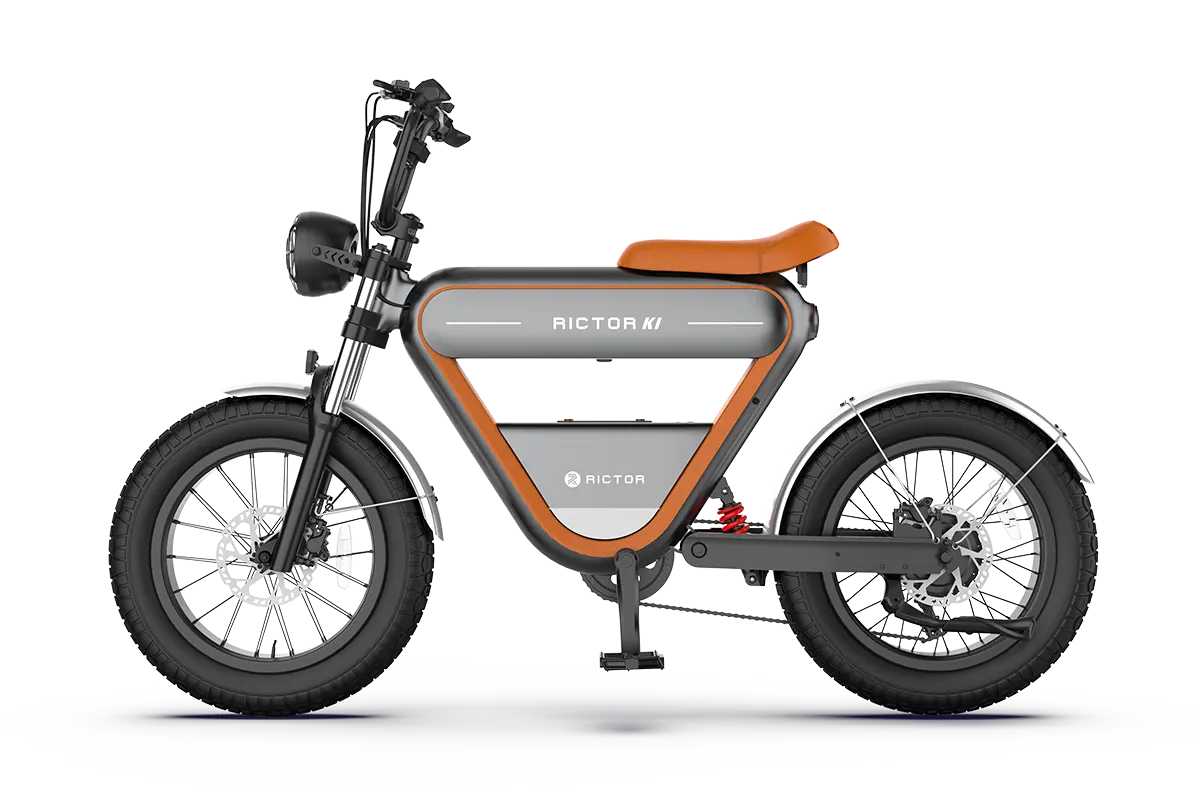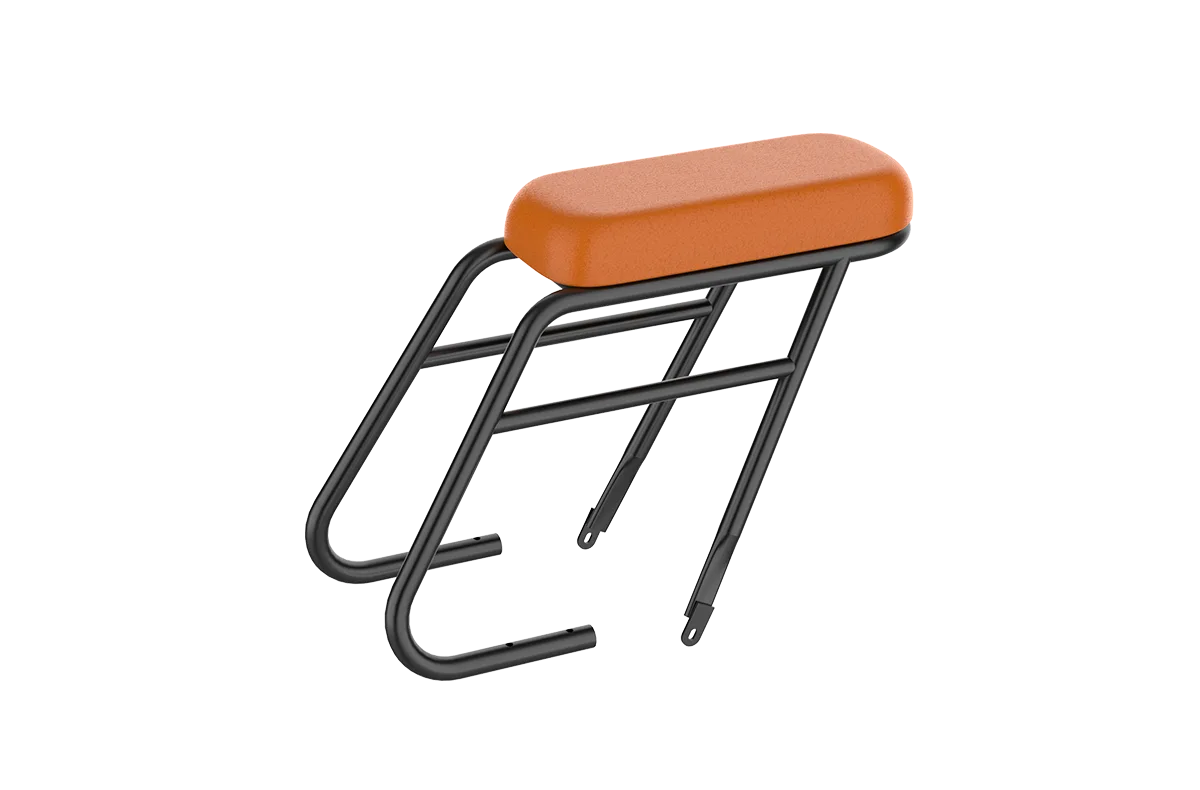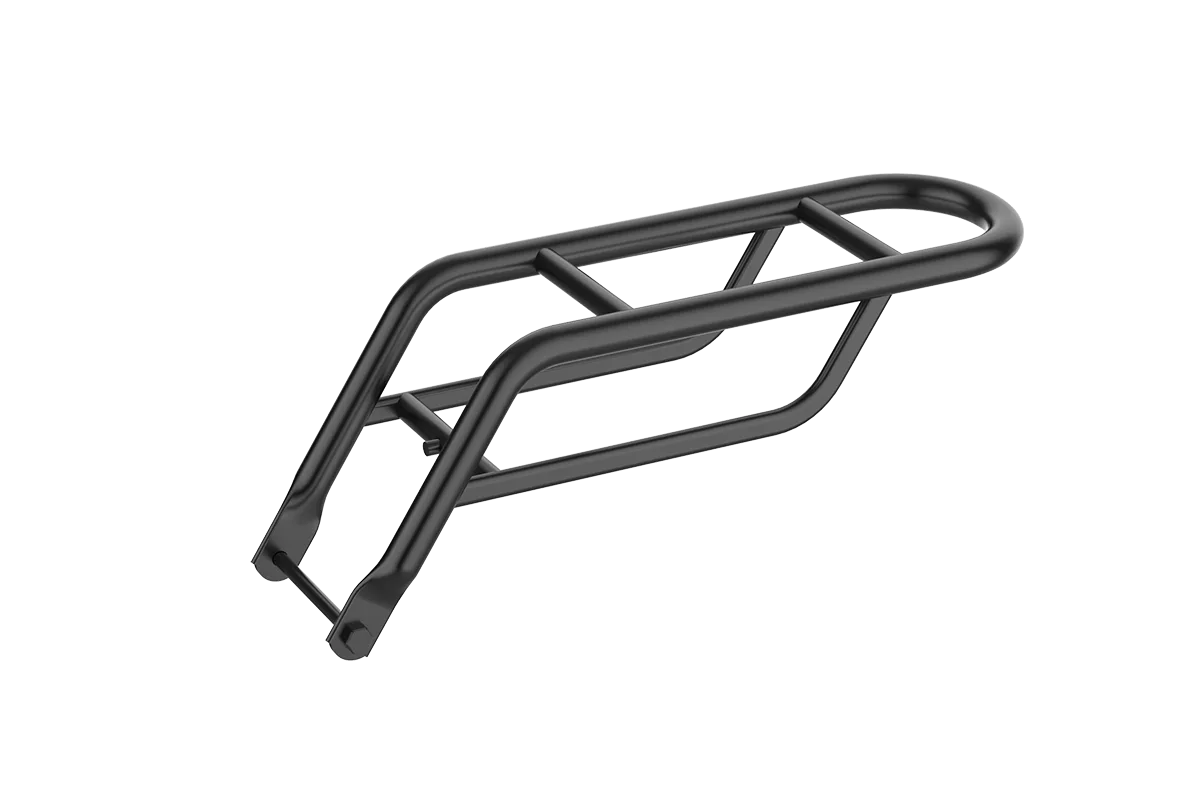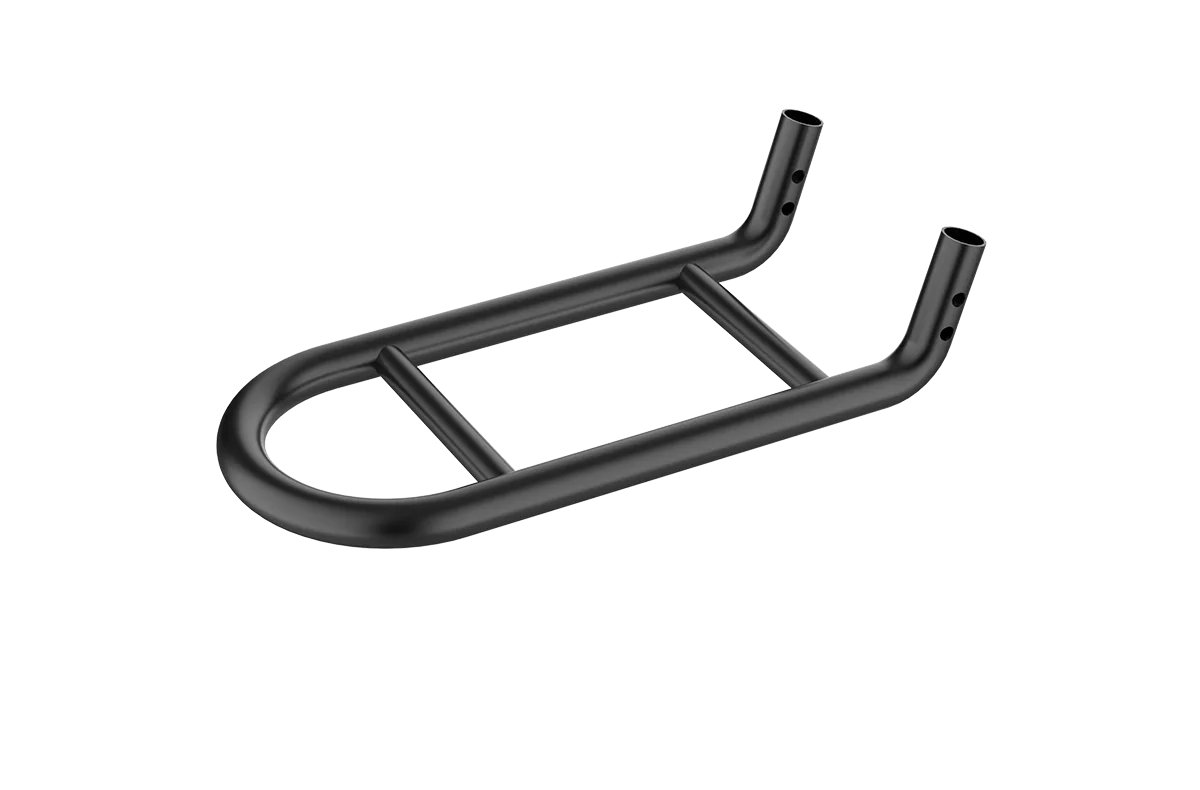How often should I charge my eBike? The answer depends on several factors, including battery type, usage patterns, environmental conditions, and best charging practices. This article will break down everything you need to know to keep your eBike battery healthy and your rides worry-free.
Electric Bike Battery
Before diving into charging frequency, it’s important to understand the type of battery your eBike uses. Most modern eBikes are equipped with lithium-ion batteries, while some older or budget models may use lead-acid batteries.
-
Lithium-ion batteries are lightweight, have a high energy density, and do not suffer from the “memory effect” that plagued older battery types.
-
Lead-acid batteries are heavier and have a shorter lifespan, and their charging habits are a bit different.
Knowing your battery type is crucial because it influences how and when you should charge.
SEE ALSO How to Charge an Ebike Battery Without a Dedicated Charger
How Often Should You Charge?
For Lithium-Ion Batteries
The general rule for lithium-ion batteries is: charge them whenever you can. These batteries are designed to handle frequent, partial charges. In fact, keeping your battery topped up-rather than letting it run down to zero-can actually extend its lifespan.
Daily Use
If you use your eBike for daily commuting or errands, it’s a good idea to charge the battery after each ride or at the end of the day. This ensures you always have enough power for your next trip and reduces the risk of being stranded with a dead battery.
Occasional Use
If you ride less frequently, you don’t need to charge after every single ride. Instead, aim to charge when your battery level drops to around 30-50%. Avoid letting the battery drop below 20%, as deep discharges can shorten its lifespan.
Long-Term Storage
If you plan to store your eBike for a while (for example, during winter), charge the battery to about 50-70% and check it every month. Top it up if it drops below 30%. Never store a battery fully charged or completely empty for long periods.
For Lead-Acid Batteries
Lead-acid batteries require a slightly different approach. They have fewer charge cycles and are more sensitive to deep discharges.
-
Charge after every ride, even if you haven’t used much power.
-
Avoid letting the battery discharge below 30-40%.
-
If storing, keep the battery fully charged and recharge it every month.
Factors Affecting Charging Frequency
1. Riding Distance and Terrain
The farther and harder you ride, the more often you’ll need to charge. Hilly terrain, heavy loads, and high speeds drain the battery faster. If you’re pushing your eBike to its limits, you may need to charge daily or even between rides.
2. Weather and Temperature
Extreme temperatures affect battery performance. Cold weather reduces range and charging efficiency, while excessive heat can damage the battery. In winter, your battery may need more frequent charging, and you should always charge it at room temperature.
3. Battery Age and Capacity
As batteries age, their capacity diminishes. An older battery may require more frequent charging to cover the same distance. Keep an eye on your battery’s performance and consider replacing it if you notice a significant drop in range.
Best Practices for Charging Your eBike
1. Use the Right Charger
Always use the charger provided by your eBike manufacturer. Third-party chargers may not be compatible and could damage your battery or void your warranty.
2. Avoid Overcharging
Most modern eBike chargers automatically stop charging when the battery is full, but it’s still good practice to unplug the charger once charging is complete. Avoid leaving your battery plugged in overnight or for extended periods.
3. Don’t Let the Battery Fully Discharge
Frequent deep discharges can stress the battery and shorten its life. Try to recharge when the battery is at 30-50% rather than waiting until it’s completely empty.
4. Store Properly
If you won’t be using your eBike for a while, store the battery at a partial charge (50-70%) in a cool, dry place. Check the battery every month and recharge as needed.
5. Charge at Room Temperature
Charging in extreme cold or heat can reduce battery efficiency and lifespan. Bring your battery indoors to charge if temperatures are outside the recommended range (usually 50°F to 77°F or 10°C to 25°C).
Signs It’s Time to Charge
-
Battery Indicator: Most eBikes have a battery indicator on the display. When it drops below 30%, it’s time to charge.
-
Reduced Power or Range: If you notice your eBike isn’t going as far or feels sluggish, it may need a recharge.
-
Warning Lights: Some eBikes will flash a warning light when the battery is low.
Myths and Misconceptions
Myth 1: "You Should Always Drain the Battery Before Charging"
This is outdated advice from the days of nickel-cadmium batteries. Modern lithium-ion batteries actually prefer partial charges and should not be regularly discharged to zero.
Myth 2: "Frequent Charging Damages the Battery"
Not true for lithium-ion batteries. In fact, frequent, shallow charges are better for battery health than infrequent, deep discharges.
Conclusion
How often you need to charge your eBike depends on your usage, battery type, and environmental conditions. For most riders with lithium-ion batteries, charging after each ride or when the battery drops to 30-50% is ideal. Always use the correct charger, avoid deep discharges, and store your battery properly to maximize its lifespan.
By following these best practices, you’ll enjoy longer battery life, better performance, and countless worry-free rides on your eBike.
💡 Explore More Here!

May 16, 2025
Top Mid-Drive eBike Conversion Kits: Your Easy Guide to Choosing the Best One

May 14, 2025
How Temperature Affects Your Electric Bike Battery

May 12, 2025
Electric Bike Frame Materials and Geometry

May 9, 2025
Your Ebike Throttle Acting Up? Here's How to Check and Maybe Fix It Yourself!
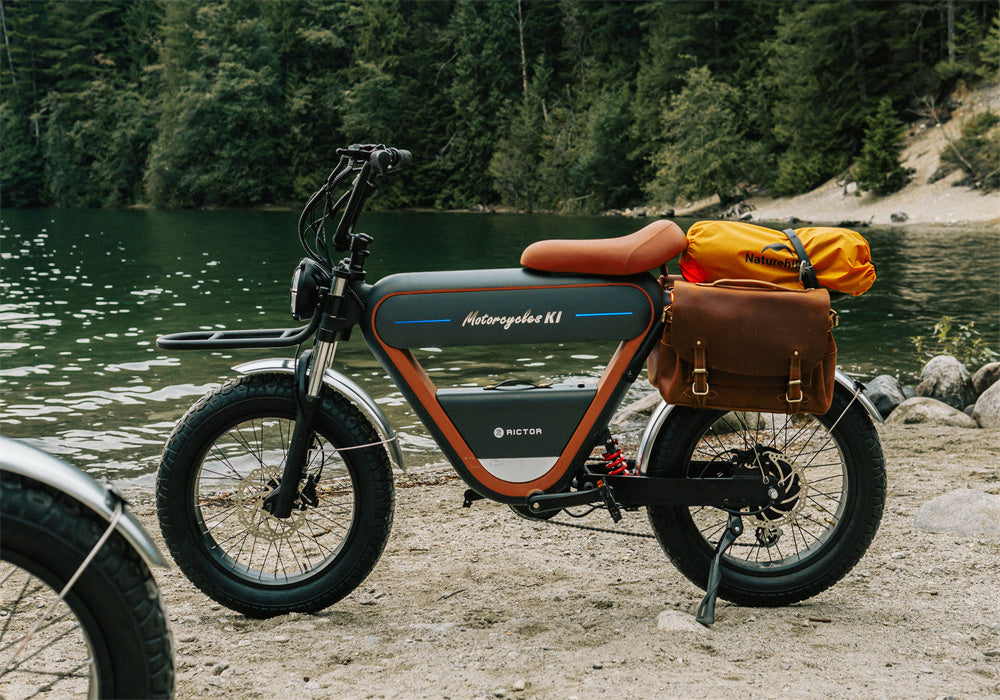
May 9, 2025
E-Bike Chain Fell Off? Here's How to Fix It
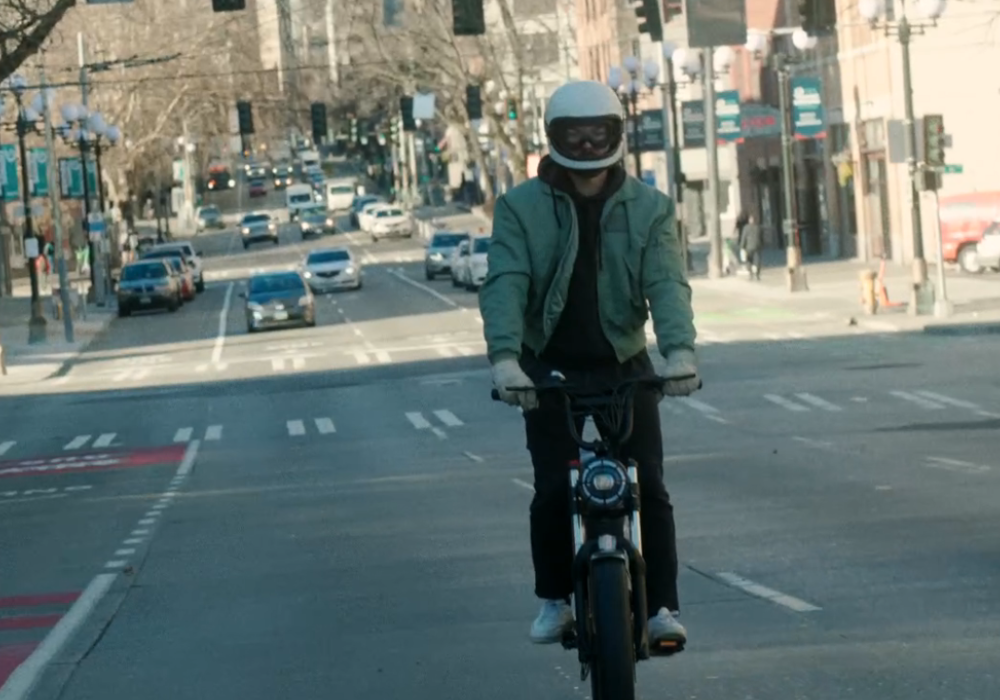
May 8, 2025
